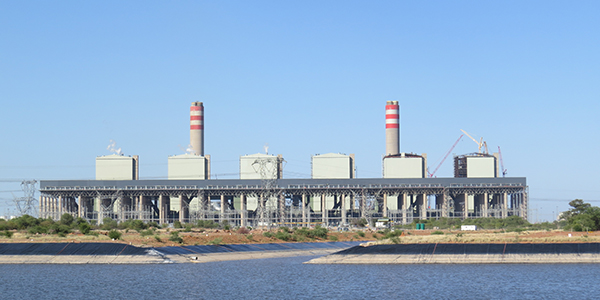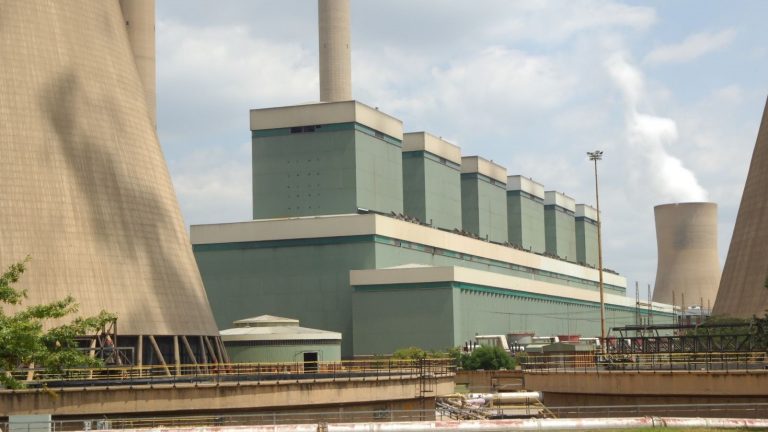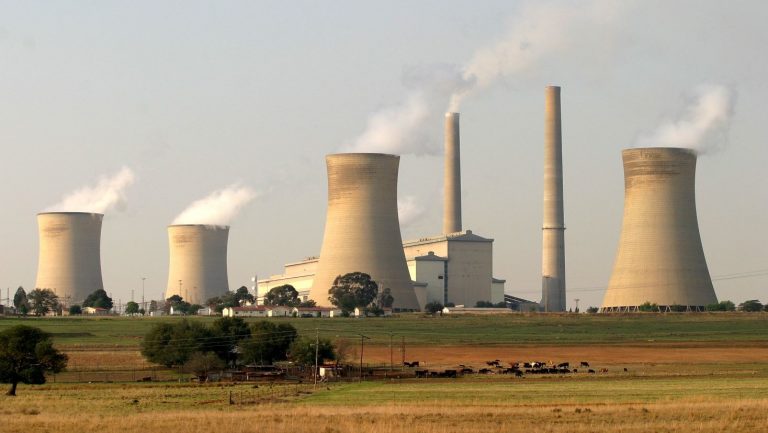Eskom’s Generation Recovery drives strong winter performance, adding 4 000MW, leading to a projected loadshedding-free summer
Friday, 05 September 2025: Eskom concluded its winter 2025 period on 31 August with only 26 hours of loadshedding across four evenings, successfully supplying electricity 97% of the time to support South Africa’s economy. This performance reflects the progress of Eskom’s Generation Recovery Plan and deliberate intensified maintenance resulting in continued improvements in plant performance.
Eskom’s Summer Outlook for 1 September 2025 to 31 March 2026 forecasts no loadshedding — a recovery from last summer’s 13 days of loadshedding, when electricity was supplied 96% of the time due to delayed unit returns from planned maintenance.
This summer represents an even greater improvement compared with the 176 days of loadshedding during the 2023/24 summer, when electricity was available only 17% of the time.
Compared with the commencement of last summer of 2024/25, supply and demand interventions at this comparative time have added ~4 000MW of extra capacity to meet expected demand this summer.
Generation structural improvements underpinning the Summer Outlook
The Summer Outlook is supported by an ongoing recovery and structural improvements in Eskom’s generation fleet as a result of the focused implementation of the Generation Recovery Plan by its workforce.
Key results include:
- Since 2023, a total of 7 800MW of capacity has been restored through the completion of long-term outages and new builds, including 1 400MW from Medupi Unit 4 and Kusile Unit 6 added this year.
- Approximately 1 900MW reduction in peak planned maintenance this summer, following the completion of major planned outages during 2024 and early 2025, allowing for smoother execution.
- Energy Availability Factor (EAF) has increased from 55% in FY2023 to 60.6% in FY2025, with the year-to-date EAF at 61.1%, reflecting a 6.1% improvement over the past two years. These figures exclude Kusile Unit 6, which is not yet in commercial operation but is contributing to the grid.
- Diesel generator expenditure reduced from R33 billion in FY2024 ending 31 March 2024 to about R17 billion in FY2025, ended 31 March 2025.
An additional 930MW of capacity is expected from Koeberg Unit 1 when it returns to service following Long-Term Operation maintenance in September 2025.
Interventions delivering measurable results
While setbacks occurred due to delays in returning units from outages, leading to 13 days of loadshedding last summer and 26 hours this winter, targeted interventions are continuing to deliver measurable improvements. By the end of August 2025:
- Unplanned outages dropped to 10 100MW in August, with a low of 6 900MW recorded on 23 and 24 August — the lowest levels since September 2020.
- The EAF reached 66% in August 2025, up 10% since April 2025, with 38 units over 80% and an average monthly increase of 2.6%, alongside increased planned maintenance.
- Diesel usage has steadily declined, falling from around 16.02% load factor in April to just 1.84% in August.
“This positive projected loadshedding-free Summer Outlook is the result of the progress achieved through the expertise and dedication of the Eskom Guardians over the past three years and the associated support from the government-led initiatives. It shows that our strategy is delivering on our commitment to energy security, supporting the country’s socio-economic programmes, and positioning Eskom as an investable, sustainable company ready to compete in the marketplace,” said Eskom Group Chief Executive, Dan Marokane.
“The structural shift in the performance of the generation fleet has, at the same time, delivered cost efficiencies, with savings in diesel spend of approximately R16 billion in the last financial year alone. We are currently increasing our focus and capacity to drive further efficiencies across Eskom through primary energy optimisation, procurement efficiencies, digital transformation, and capital productivity, together with revenue growth opportunities,” concluded Marokane.
“The disciplined execution and dedication by the Eskom teams have ensured the best winter period performance in recent years and laid a solid foundation for a positive Summer Plan,” said Eskom Group Executive for Generation, Bheki Nxumalo.
“Our recovery of generation capacity, improved plant performance, and operational excellence are stabilising the national grid and enhancing service delivery. Reduced loadshedding and improved EAF demonstrate that our interventions are delivering results for South Africa,” concluded Nxumalo.
Sustaining the gains and building for the future
Eskom is consolidating its gains in generation recovery while addressing distribution challenges and accelerating transmission projects to secure South Africa’s energy supply.
Key priorities include:
- Implementing key interventions to advance a plan focused on operational reliability and sustainability.
- Through the NTCSA, rolling out projects under the Transmission Development Plan (TDP) that will unlock 56 000MW of new capacity over the next decade.
- By March 2026, Eskom aims to reduce load reduction by up to 20% and eliminate it within two years by:
- Tackling electricity theft and removing over 600 000 illegal connections
- Installing 7.2 million smart meters, with ~880,000 already deployed
- Upgrading the network where necessary
- Registering more households for free basic electricity
At the same time, Eskom is laying the foundation for a more competitive and sustainable electricity sector by:
- Expanding transmission to integrate renewables and support economic growth.
- Driving the development of the South African Wholesale Electricity Market (SAWEM).
- Managing the energy transition to balance affordability, supply security and sustainability.
- Protecting consumers through cost optimisation, fair tariffs, and reduced load reduction by upgrading infrastructure and tackling theft.
Eskom remains committed to a stable, reliable, and sustainable electricity system that underpins South Africa’s economic growth and energy transition.
ENDS






